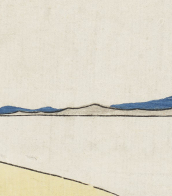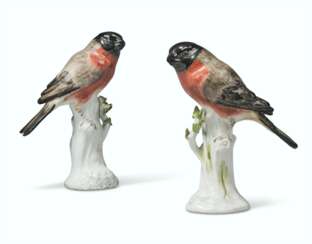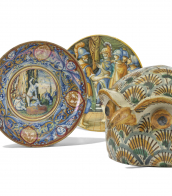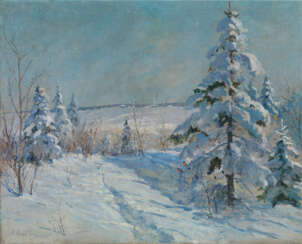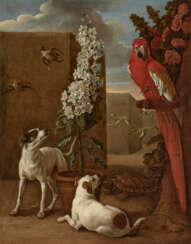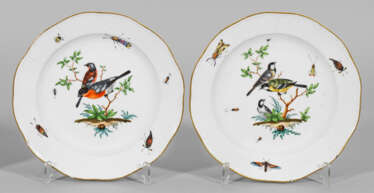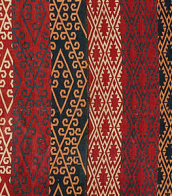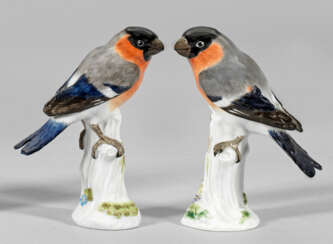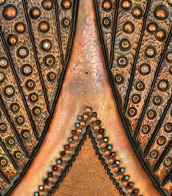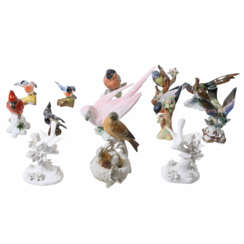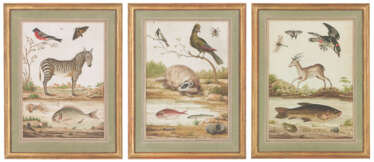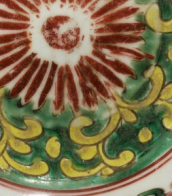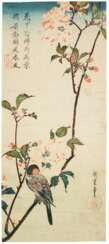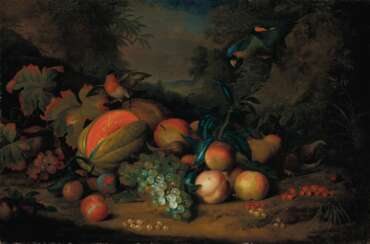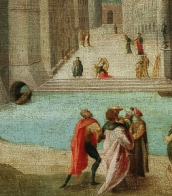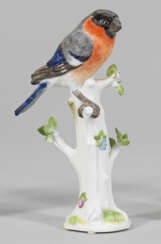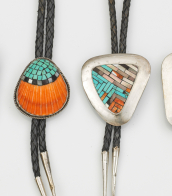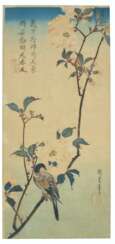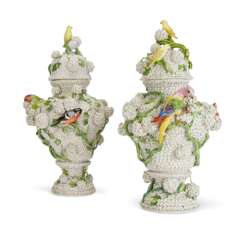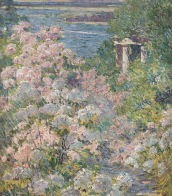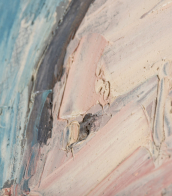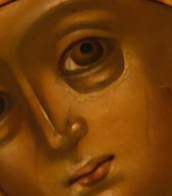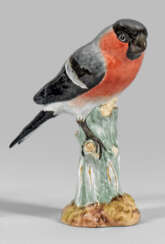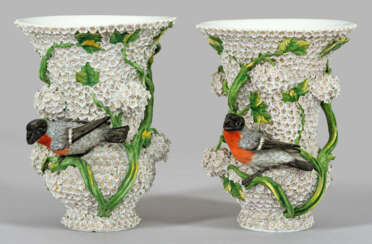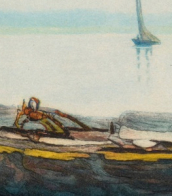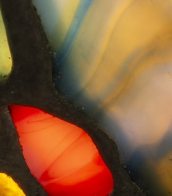bullfinches
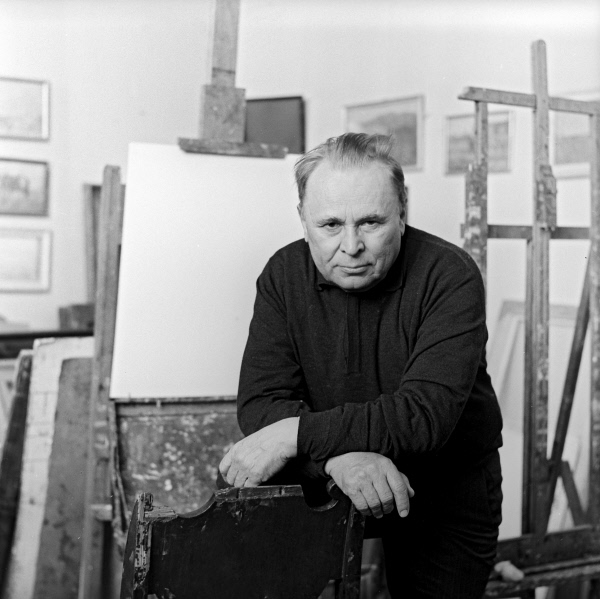
Nikolai Mikhailovich Romadin (Russian: Николай Михайлович Ромадин) was a distinguished Soviet realist painter, celebrated for his profound contributions to landscape painting. Born in 1903 in Samara, Russia, Romadin's artistic journey commenced at the Samara Art College, followed by advanced studies at the Higher Art and Technical Workshops in Moscow under R.R. Falk. A prolific artist from a young age, Romadin's oeuvre spans more than 200 book illustrations, including notable works like Ray Bradbury's "R is for Rocket" and "The Magic Ring" by Andrei Platonov. His distinctive style, which blends realism with elements of surrealism, earned him acclaim and a unique place in art history.
Romadin's personal experiences and travels profoundly influenced his art, with visits to Egypt, Greece, the Netherlands, Italy, and Spain, enriching his perspective and thematic repertoire. Despite his international experiences, Romadin was deeply rooted in his homeland, often expressing nostalgia for Russia. This emotional depth is evident in his landscapes, where the Russian natural world is depicted with a poignant sense of beauty and transcendence.
His legacy is enshrined in the collections of prestigious museums globally, including The State Tretyakov Gallery in Moscow, The State Russian Museum in St. Petersburg, and the Uffizi Gallery in Florence, Italy. Romadin's works have also been celebrated in over 300 solo exhibitions worldwide, underlining his status as a master of Soviet realistic landscape.
For art collectors and enthusiasts, the enduring appeal of Nikolai Mikhailovich Romadin's work lies in its exquisite portrayal of nature and its capacity to evoke profound emotional responses. To stay updated on sales and auction events related to Romadin's art, sign up for updates and immerse yourself in the legacy of this unparalleled artist.
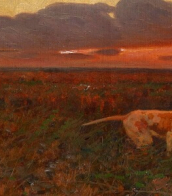
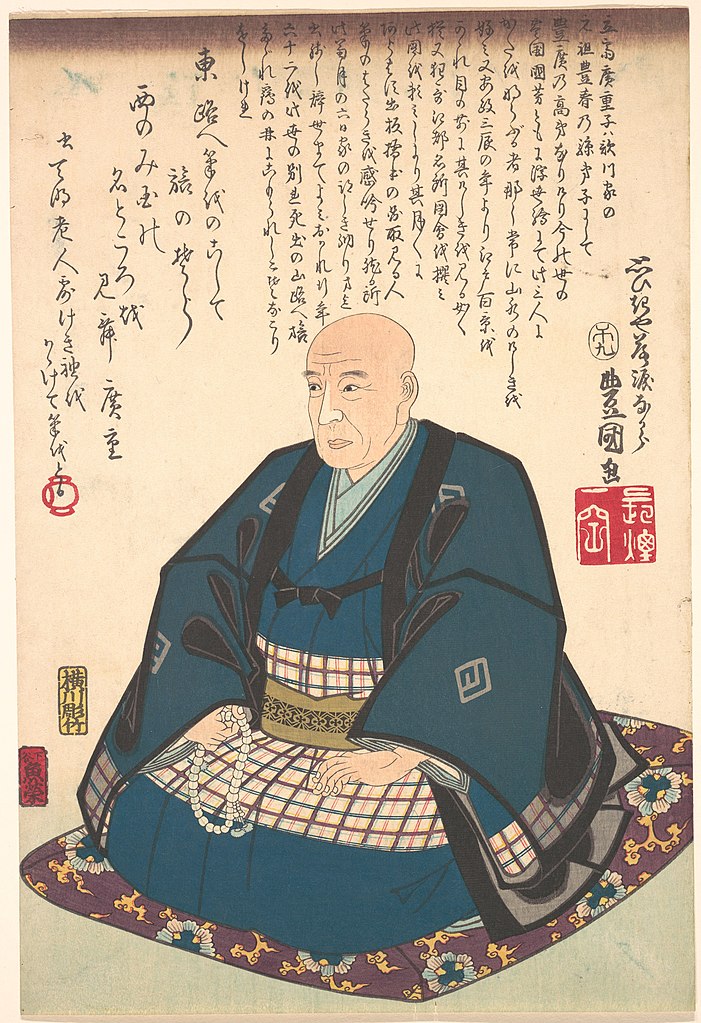
Utagawa Hiroshige (Japanese: 歌川 広重) was a Japanese ukiyo-e artist, considered the last great master of that tradition. Hiroshige is best known for his horizontal-format landscape series The Fifty-three Stations of the Tōkaidō and for his vertical-format landscape series One Hundred Famous Views of Edo. The subjects of his work were atypical of the ukiyo-e genre, whose typical focus was on beautiful women, popular actors, and other scenes of the urban pleasure districts of Japan's Edo period (1603–1868). The popular series Thirty-six Views of Mount Fuji by Hokusai was a strong influence on Hiroshige's choice of subject, though Hiroshige's approach was more poetic and ambient than Hokusai's bolder, more formal prints. Subtle use of color was essential in Hiroshige's prints, often printed with multiple impressions in the same area and with extensive use of bokashi (color gradation), both of which were rather labor-intensive techniques.
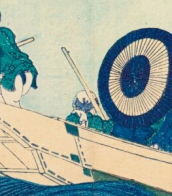

Utagawa Hiroshige (Japanese: 歌川 広重) was a Japanese ukiyo-e artist, considered the last great master of that tradition. Hiroshige is best known for his horizontal-format landscape series The Fifty-three Stations of the Tōkaidō and for his vertical-format landscape series One Hundred Famous Views of Edo. The subjects of his work were atypical of the ukiyo-e genre, whose typical focus was on beautiful women, popular actors, and other scenes of the urban pleasure districts of Japan's Edo period (1603–1868). The popular series Thirty-six Views of Mount Fuji by Hokusai was a strong influence on Hiroshige's choice of subject, though Hiroshige's approach was more poetic and ambient than Hokusai's bolder, more formal prints. Subtle use of color was essential in Hiroshige's prints, often printed with multiple impressions in the same area and with extensive use of bokashi (color gradation), both of which were rather labor-intensive techniques.
